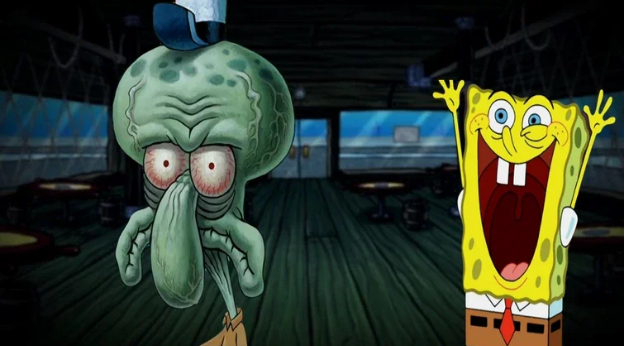In the intricate tapestry of human relationships, the term “mating press” has emerged as a complex and multifaceted phenomenon. Rooted in evolutionary biology, shaped by cultural nuances, and propelled into the digital age, the mating press reflects the ever-evolving dynamics of human connection. This article embarks on a comprehensive journey to dissect and understand the various dimensions of the mating press, ranging from historical perspectives to contemporary trends, and from psychological intricacies to ethical considerations.
Historical Context
To comprehend the mating press, one must delve into the historical roots of human mating behaviors. Evolutionary psychology suggests that certain mating behaviors are deeply ingrained in our species as mechanisms for survival and procreation. Throughout history, cultures have shaped and reshaped these behaviors, giving rise to diverse expressions of human connection. From arranged marriages to courtship rituals, the historical context provides a rich backdrop against which the mating press phenomenon unfolds. Cultural variations have played a pivotal role in influencing individual choices and societal norms, creating a mosaic of mating practices that continues to evolve. As we explore historical narratives, we uncover the threads that weave through time, connecting our ancestors’ mating practices to our contemporary understanding of the mating press.
Understanding the Mating Press
Defining the Mating Press: The term “mating press” encapsulates a set of behaviors and dynamics that go beyond the conventional notions of attraction and courtship. At its core, the mating press involves a more intense and assertive approach to establishing a connection between individuals. This can manifest in various forms, from heightened physical intimacy to more explicit expressions of desire. Understanding the nuances of the mating press requires delving into the psychological underpinnings that drive such behaviors.
Psychological Aspects and Motivations: Biological factors, behavioral psychology, and the influence of social and environmental elements collectively contribute to the motivations behind the mating press. Biologically, humans are wired to seek mates who exhibit characteristics associated with reproductive success. This biological imperative, coupled with behavioral factors like personal preferences and experiences, shapes the way individuals approach the mating press. Additionally, social and environmental factors, such as cultural expectations and societal norms, play a significant role in influencing behavior. Unraveling these psychological intricacies provides valuable insights into the motivations that drive the mating press phenomenon.
Biological Underpinnings: From an evolutionary standpoint, the mating press can be seen as a manifestation of inherent biological instincts aimed at ensuring the survival and proliferation of the species. Evolution has favored traits and behaviors that enhance reproductive success, and the mating press may be viewed as an adaptive strategy to secure a mate. Understanding the biological underpinnings sheds light on why certain behaviors associated with the mating press might be deeply ingrained in human nature.
In exploring the various dimensions of the mating press, we embark on a journey that spans the historical, psychological, and biological aspects of this complex phenomenon. As we delve deeper, the intricacies of the mating press become more apparent, revealing a rich tapestry of human connection woven through time and shaped by diverse influences.
Media and Popular Culture
Representation in Literature and Art: The mating press, as a complex facet of human interaction, has not only been observed in real-life scenarios but also vividly portrayed in literature and art. Writers and artists throughout history have grappled with the challenge of capturing the intensity and intricacies of the mating press in their works. From classic novels to contemporary films, these depictions often serve as mirrors reflecting societal perceptions, desires, and taboos. Exploring these representations provides valuable insights into how the mating press has been romanticized, criticized, or sensationalized across different forms of media.
Impact of Media on Societal Perceptions: The media plays a pivotal role in shaping societal attitudes and perceptions towards the mating press. Popular culture, through movies, television shows, and literature, not only reflects prevailing social norms but also has the power to influence and redefine them. Examining the portrayal of the mating press in media helps us understand how certain behaviors become normalized, stigmatized, or glamorized, thus influencing individual expectations and actions. As we navigate this section, we uncover the intricate interplay between media representation and the societal lens through which the mating press is viewed.
Critique and Analysis of Portrayals: While media offers a window into the mating press, it also invites critique and analysis. Scholars and cultural critics often scrutinize these portrayals, questioning their accuracy, impact, and ethical implications. Does media perpetuate harmful stereotypes, or does it contribute to a more nuanced understanding of the mating press? This section dives into the critical examination of media representations, exploring the potential consequences and benefits of how the mating press is depicted in popular culture.
In delving into the realm of media and popular culture, we unravel the layers of influence that shape our collective understanding of the mating press. From timeless works of literature to the latest blockbuster films, each portrayal contributes to the narrative surrounding human connection, desire, and the intricate dance of the mating press.










